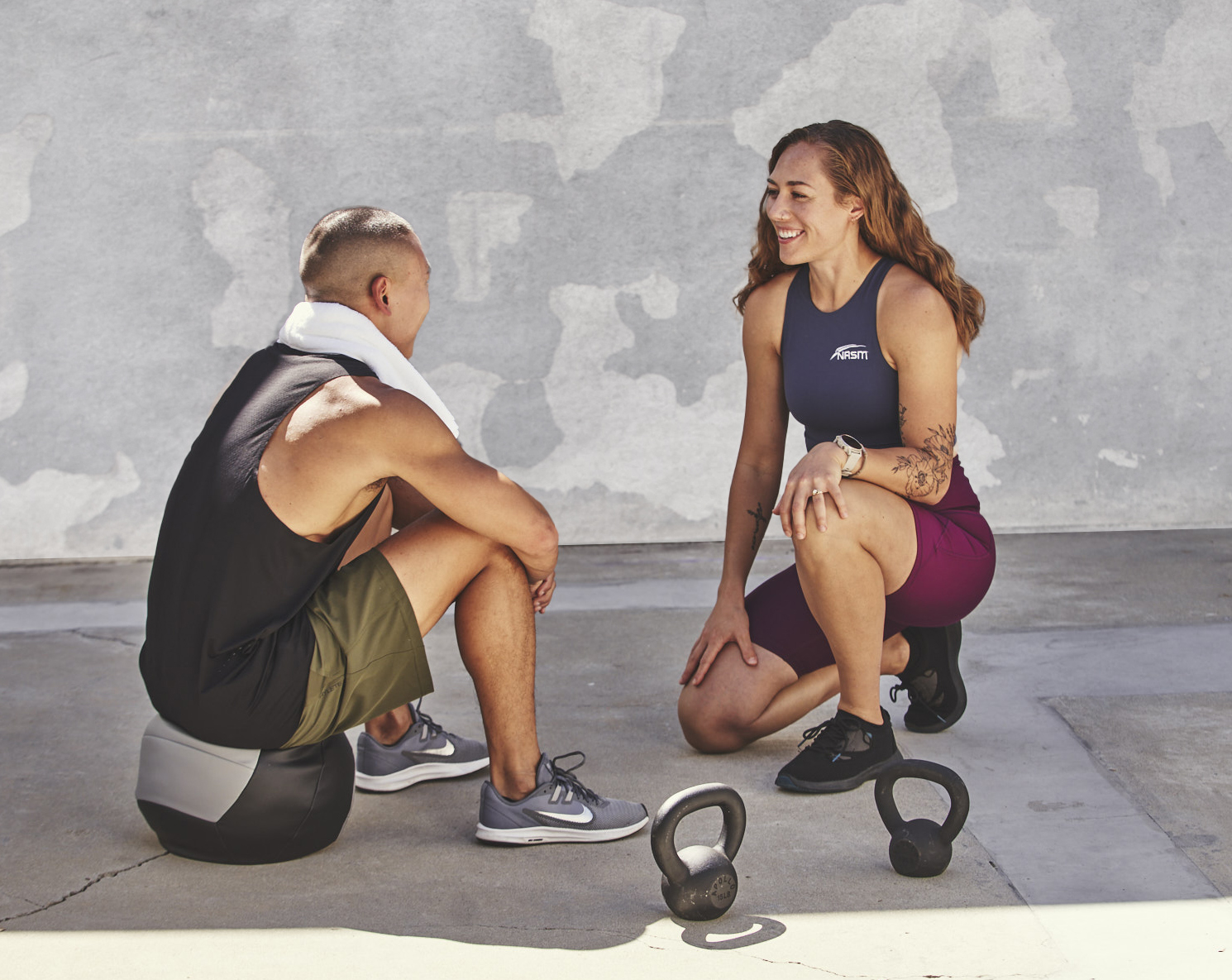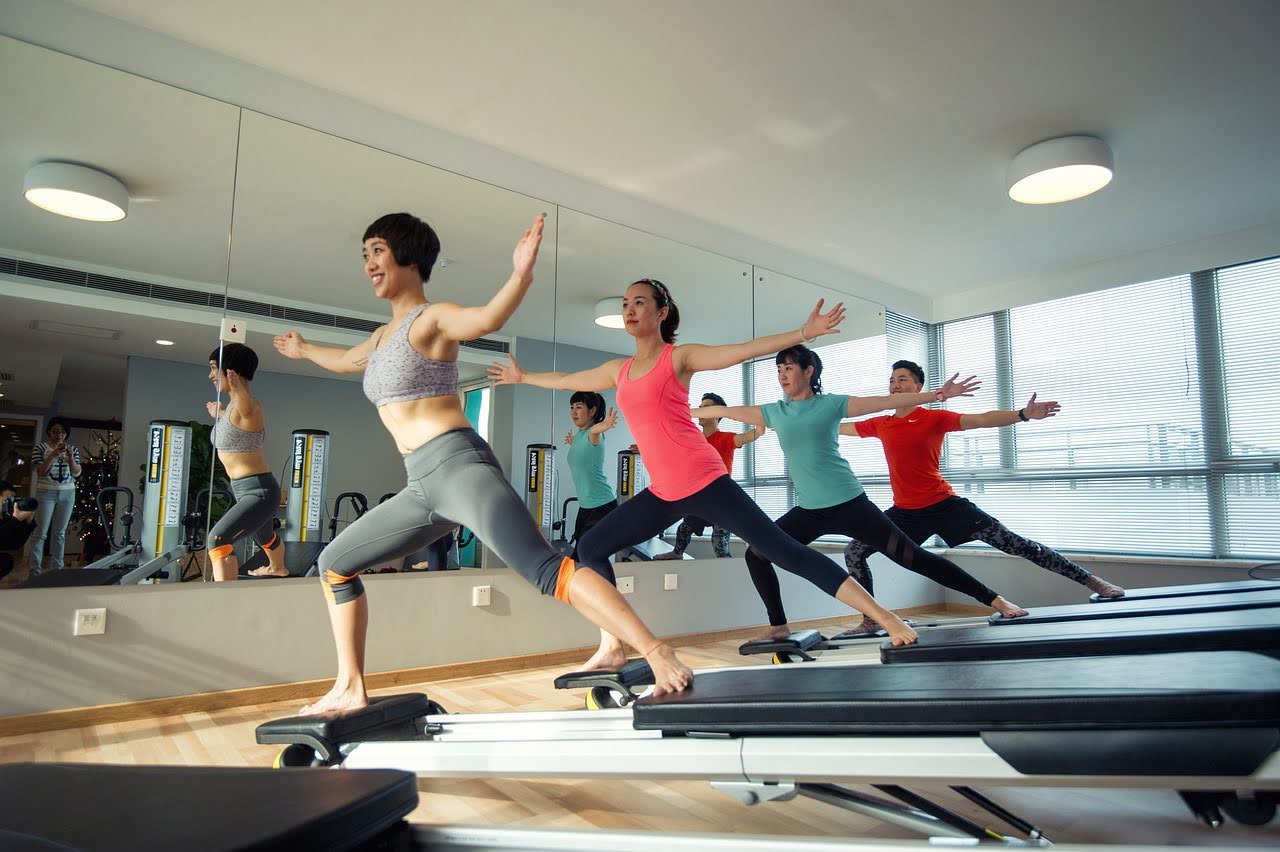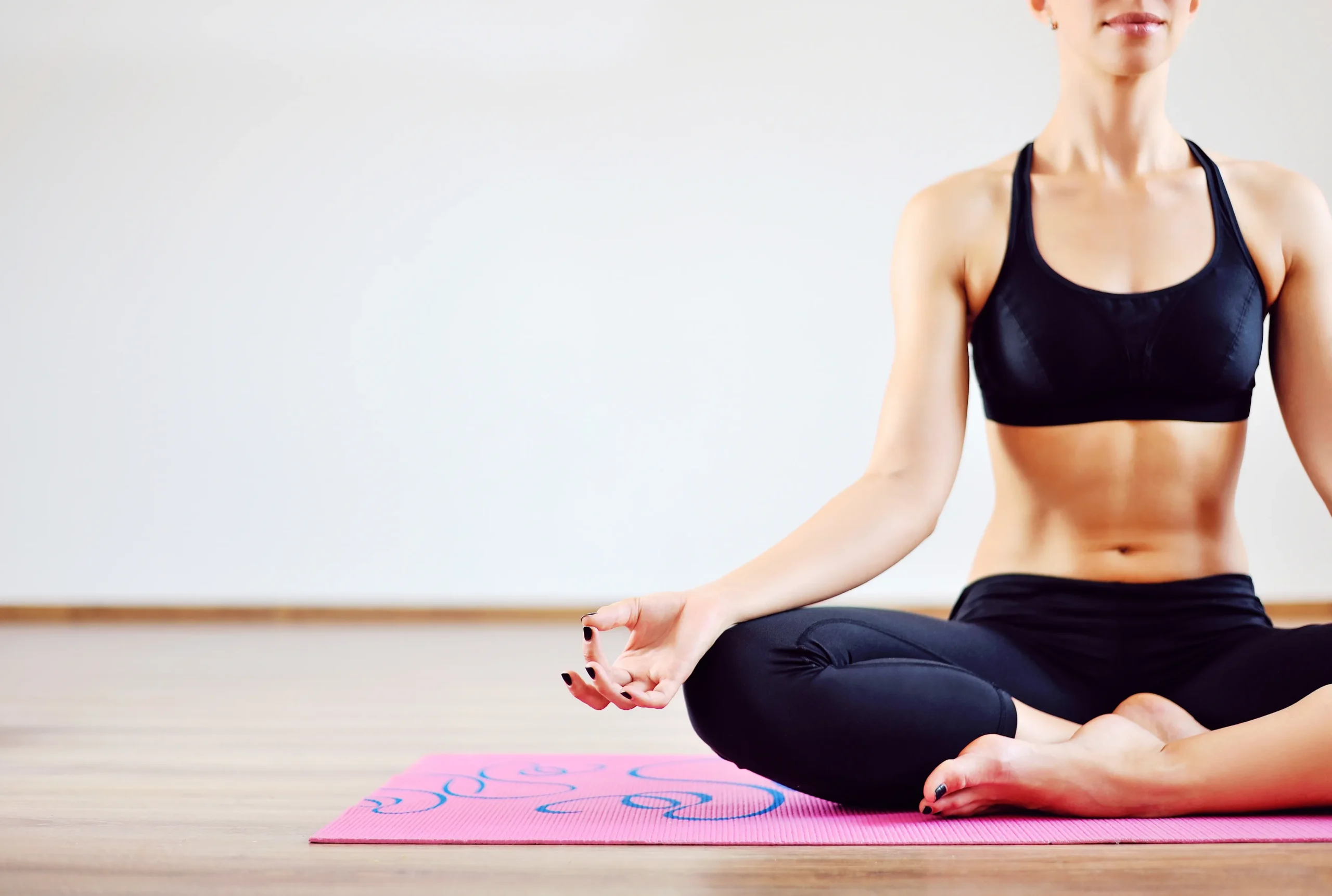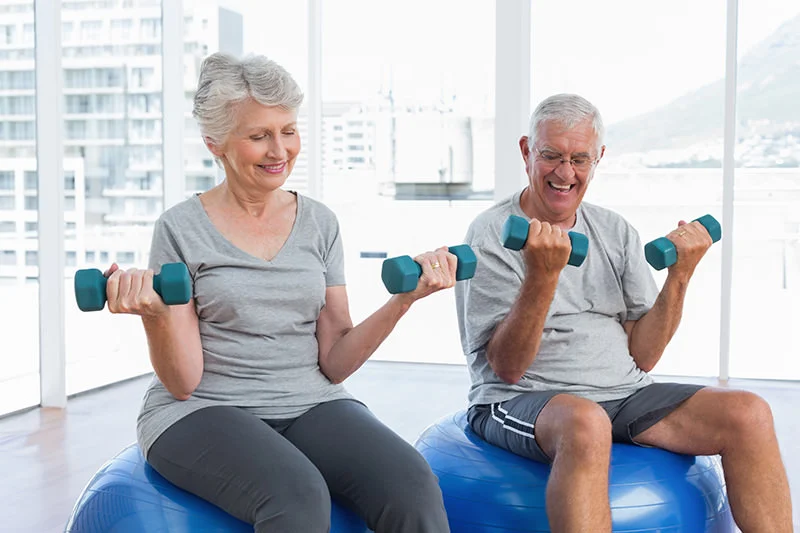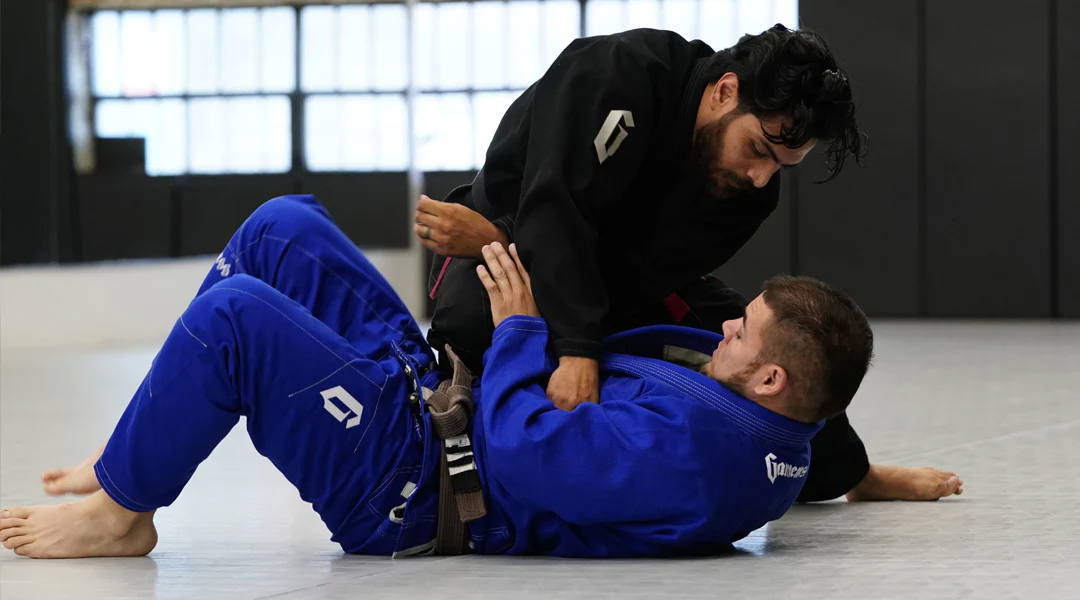The fitness industry is evolving as trainers recognize the benefits of advanced healthcare education. Beyond basic certifications, many professionals pursue degrees to expand their knowledge in rehabilitation and chronic disease management.
A deeper understanding of human physiology allows trainers to develop more effective and safer workout plans. Clients often face health conditions requiring specialized expertise to prevent injuries and support recovery. Advanced education provides fitness professionals with opportunities to collaborate with medical experts.
Career growth in the industry increasingly favors those with healthcare-related qualifications. Trainers who integrate medical knowledge enhance their credibility and impact. Higher education is transforming the future of fitness.
The Growing Demand for Medical Knowledge in Fitness
BLS notes that fitness trainers guide individuals or groups through exercise routines in various fitness facilities nationwide. The median annual wage for fitness trainers reached $46,480 in May 2023, reflecting industry growth. Employment is projected to increase 14% from 2023 to 2033, creating 73,700 job openings annually.
Fitness trainers are also expected to offer personalized programs tailored to individual health conditions and recovery needs. Many clients have chronic illnesses requiring specialized care to ensure safe and effective exercise routines. Trainers with medical expertise can create workouts that support rehabilitation and prevent future injuries.
Professionals with knowledge of physical therapy principles can assist clients recovering from surgery or accidents. Fitness experts with medical education are valuable assets in rehabilitation clinics and wellness centers.
Sports medicine and exercise physiology degrees equip trainers with the skills needed for injury prevention. Healthcare-focused education helps trainers understand the complexities of human movement and rehabilitation techniques. Integrating medical principles into fitness training leads to improved outcomes for clients.
Can trainers with medical knowledge work with older adults?
Yes, fitness professionals with medical training are better equipped to design safe exercise routines for aging adults. They understand age-related issues like osteoporosis, arthritis, and cardiovascular concerns. Their expertise helps seniors maintain mobility, strength, and independence while minimizing the risk of exercise-related injuries.
Career Opportunities Beyond Traditional Fitness Roles
Higher healthcare education opens new career paths beyond traditional personal training and gym-based coaching roles. Trainers with medical knowledge can transition into careers in rehab therapy or health coaching. Professionals often pursue degrees in kinesiology or exercise science to expand career opportunities.
Indeed states that a kinesiology degree covers human movement fundamentals and includes anatomy, exercise science, and rehab courses. Students specialize in exercise physiology, sports medicine, biomechanics, or athletic training to build focused career paths successfully. Kinesiology graduates work in fitness, healthcare, and research, using science-backed methods to enhance physical performance effectively.
A background in healthcare allows trainers to work in hospitals, wellness programs, and corporate health initiatives. Professionals with advanced degrees can specialize in injury rehabilitation and athletic performance optimization. Roles in healthcare management are available for trainers interested in overseeing wellness initiatives.
Medical education provides opportunities to work alongside doctors and therapists in patient care settings. Research and academic careers are accessible to trainers with expertise in exercise science and medicine. Healthcare-focused education equips fitness professionals with valuable skills applicable in various environments.
How do fitness trainers contribute to public health initiatives?
Trainers can participate in government and nonprofit programs focused on preventing obesity, diabetes, and cardiovascular disease. They educate communities about physical activity’s role in long-term health. Their involvement in public health campaigns enhances community wellness by promoting sustainable lifestyle changes.
How Medical Training Strengthens Fitness Expertise
Higher education in healthcare enhances a fitness professional’s expertise in various essential areas, including:
- Anatomy and biomechanics, which help trainers understand body mechanics and movement efficiency.
- Chronic disease management, allows professionals to design safe workouts for clients with medical conditions.
- Injury prevention and rehabilitation are covered in sports medicine degrees for athletes and active individuals.
- Clinical expertise, gained through nursing and physical therapy programs, is useful for specialized coaching and rehabilitation.
The Acute Care Nurse Practitioner (AGACNP) Doctor of Nursing Practice program connects fitness training with medical expertise. Professionals earning an AGACNP doctor of nursing degree gain knowledge in acute and chronic disease management techniques.
As per the American Nurses Association, the American Nurses Credentialing Center (ANCC) Adult-Gerontology Acute Care Nurse Practitioner (AGACNP) exam assesses clinical competency. This five-year credential follows the Consensus Model for Advanced Practice Registered Nurse (APRN) Regulation guidelines.
Accreditation from the Accreditation Board for Specialty Nursing Certification (ABSNC) and the National Commission for Certifying Agencies (NCCA) ensures certification validity.
According to Baylor University, this expertise allows them to assess complex health conditions and recommend specialized treatments for recovery. The degree also enables collaboration with doctors, therapists, and healthcare teams in various settings. Traditionally focused on hospitals, this degree benefits those working in rehabilitation and preventive healthcare.
Why is knowledge of biomechanics crucial for personal trainers?
Biomechanics helps trainers understand how forces impact human movement. This insight allows them to optimize exercise techniques, prevent injuries, and enhance performance. Trainers apply these principles to improve posture, running mechanics, and strength training form, leading to better client results.
Fitness, Nutrition, and Preventive Healthcare
Fitness trainers increasingly recognize the importance of integrating nutrition and preventive healthcare into their programs. Many professionals pursue degrees in dietetics or public health to expand their knowledge. Understanding how nutrition impacts physical performance and recovery enhances a trainer’s ability to guide clients.
MedlinePlus mentions that good nutrition improves athletic performance since athletes need enough calories, fluids, and nutrients for energy. Carbohydrates should make up over 50% of daily intake, while water intake must match sweat loss. Athletes training over 90 minutes need post-workout carbs with protein to replenish energy.
Preventive healthcare education helps trainers create holistic wellness programs focused on long-term health benefits. Functional medicine training allows fitness professionals to address the root causes of health issues. Clients benefit from personalized coaching that combines exercise, nutrition, and lifestyle modifications.
The demand for trainers with expertise in disease prevention continues to rise. Higher education provides trainers with advanced knowledge of metabolic health and dietary science. Wellness coaching careers are accessible to professionals with degrees in nutrition or integrative health. Healthcare knowledge positions trainers as trusted advisors in fitness, nutrition, and overall well-being.
What is the importance of hydration in injury prevention?
Dehydration reduces muscle flexibility, increasing the risk of cramps, strains, and fatigue. Trainers educate clients on hydration strategies tailored to workout intensity and climate. Proper hydration helps regulate body temperature, prevent overheating, and maintain muscle function, reducing the likelihood of exercise-related injuries.
Fitness and healthcare education are merging, turning trainers into well-rounded health professionals with medical expertise. This shift goes beyond workouts, creating experts who understand rehabilitation, chronic conditions, and injury prevention. Trainers with medical knowledge design safer, more effective programs tailored to individual health needs and recovery goals.
Their expertise helps bridge fitness and healthcare, making preventative care a core focus in training programs. As demand for holistic wellness grows, trainers are becoming key players in healthcare teams. This trend reshapes the industry, positioning fitness professionals as essential to long-term health management and overall well-being in modern healthcare settings.






